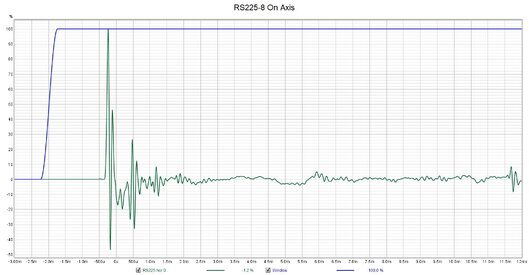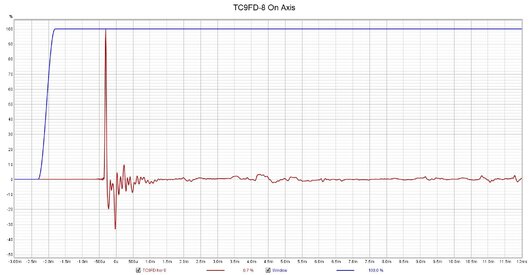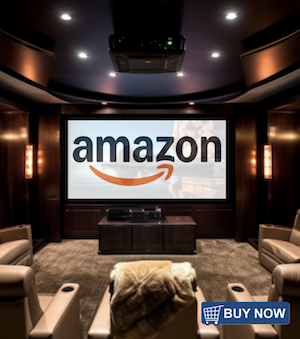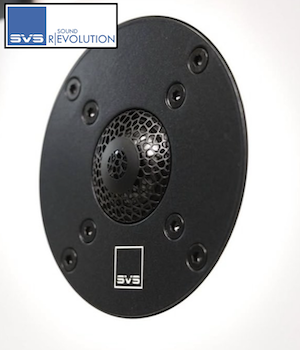Nordo
Member
More
- Preamp, Processor or Receiver
- Crappy Samsung HW-Q950T Soundbar
- Universal / Blu-ray / CD Player
- Panasonic BD35; Panasonic DP-UB820
- Streaming Equipment
- TP-Link Archer AX55 and Hisense 65Q8
- Streaming Subscriptions
- Netflix
- Front Height Speakers
- -
- Rear Height Speakers
- -
- Video Display Device
- Hisense 65Q8
Not sure if I have a problem with my Impedance Measurements.
I built my testing rig which included a 100ohm resistor.
I had to run the inputs and output through a UCA222 "audio interface with digital output", which connects vis a single USB port.
I use ASIO audio drivers.
I had the level as high as a could without clipping, but I was still getting messages saying that my signal was low and I shoild increase the input level.
My problem is that I don't know how to do that.
BTW, I did get a result curve that is approximately what I was expecting.
Any ideas?
I built my testing rig which included a 100ohm resistor.
I had to run the inputs and output through a UCA222 "audio interface with digital output", which connects vis a single USB port.
I use ASIO audio drivers.
I had the level as high as a could without clipping, but I was still getting messages saying that my signal was low and I shoild increase the input level.
My problem is that I don't know how to do that.
BTW, I did get a result curve that is approximately what I was expecting.
Any ideas?





















